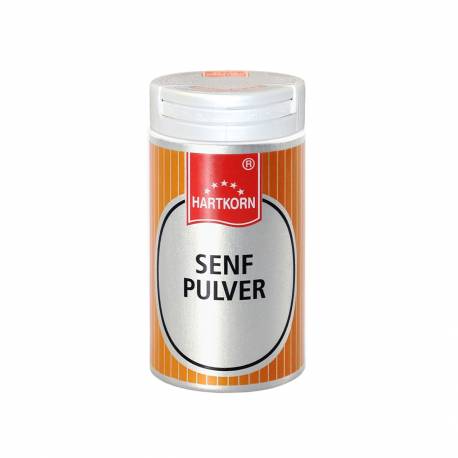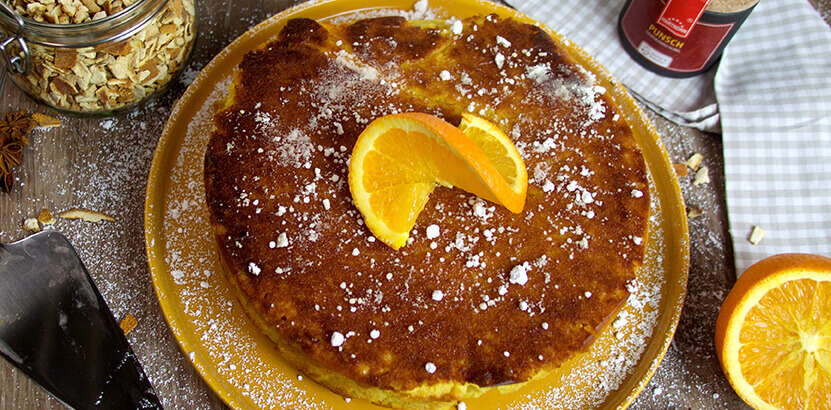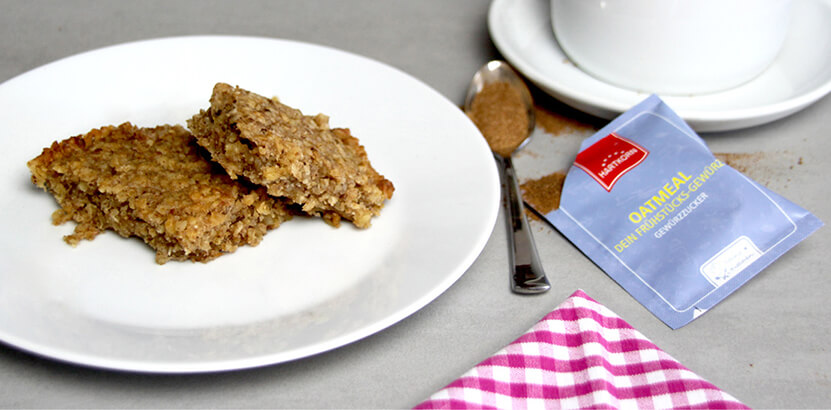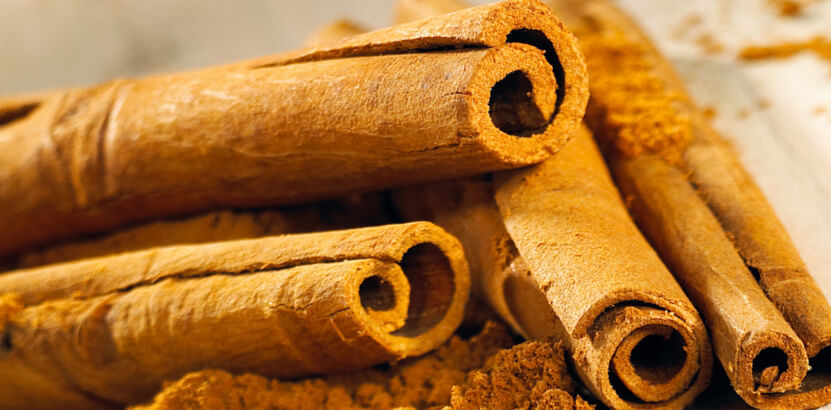synonyms: botanical family: Classification: spice shape: taste: odour: use: The mustard seeds are odourless and, like the dry mustard powder, have no aroma. The characteristic, pungent, burning flavour only develops when water is added. Whole mustard seeds are used to season marinades, pickles, pickle leaves, pickle sheets and preserves. tip: Recipe suggestion: knowledge: Botany: Home & Spread: cultivation & extraction: history: Mustard powder
General information
Use
Things to know
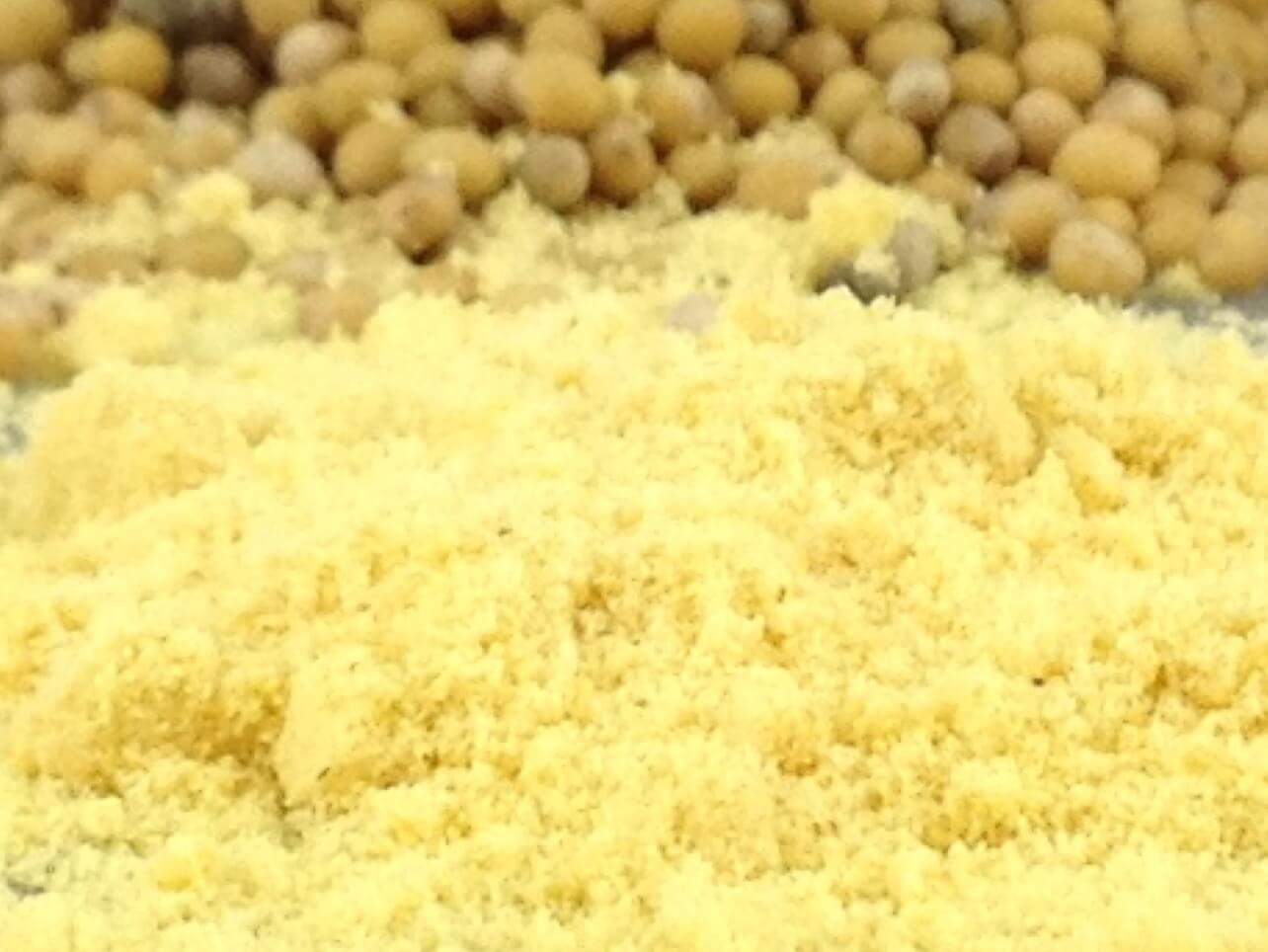 Botanical name:
Botanical name:
Sinapis alba L.
white mustard
Crossflower family
Spice
seed
first mild, then burning hot
without smell
fish, meat and vegetable marinades, cucumbers, stews, soups, cervelat sausage
Grind the mustard seeds in a mortar and you get mustard powder
White cabbage salad with mustard powder: 1 ½ kg white cabbage fresh, 2 pieces of diced onion, 1 tablespoon salt, 1 teaspoon mustard powder, 0.5 cups oil, 1 cup vinegar, 0.75 cups sugar. Finely grate the cabbage. Put the salt, mustard powder, oil, vinegar and sugar in a pot and heat until everything is dissolved. Add the diced onions to the shredded cabbage. Leave everything to stand for 4-5 hours.
Chemistry: The pungency of mustard is due to a biological protection mechanism against predators. If the plant tissue is damaged, pungent substances are formed.
White mustard from the genus Sinapis is annual and belongs to the cruciferous family, as do several species from the genera Brassica and Eruca, which are also used to obtain mustard. The dark green, ovate, elongated leaves are pinnately lobed and serrated. The light golden-yellow flowers in dense clusters ripen into double pods divided by a thin membrane. Only the lower part of the pods bears light yellow, spherical seeds measuring 2.0 to 2.5 mm. The pods burst open at maturity and have a long fruit beak at the upper end.
White mustard is native to Europe, India and China and is found everywhere in the temperate zones. The main areas of cultivation today are in France, the Netherlands, Germany, Denmark, Poland, Bulgaria, Romania, Yugoslavia, Italy, Greece, Turkey, Russia, India, China, Japan, the USA, Argentina, Chile and Australia.
Mustard is mainly cultivated on a large scale in the fields. Shortly before the mustard is fully ripe, grass or binding mowers are used to cut the mustard into sheaves which are left to dry in the field. The mustard seed is then threshed and left to dry for some time. Good goods are characterised by large grains with an even golden yellow colour.
Mustard seeds have been used as a spice and remedy for thousands of years. Greeks and Romans were well aware of the effects of mustard, and it is mentioned more than once in the Bible. Jesus described the mustard seed as the smallest of all seeds, but it becomes something big. In 812 Charlemagne ordered the cultivation of culinary herbs, including mustard, and strictly supervised the implementation of his rule.
http://de.wikipedia.org/wiki/Senf

